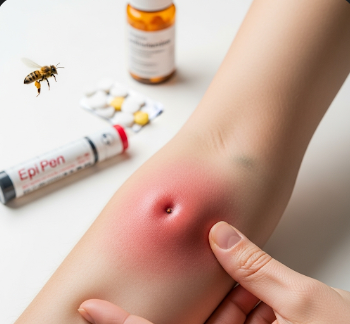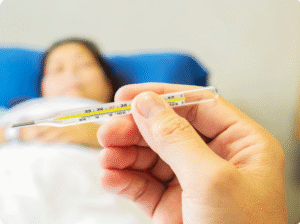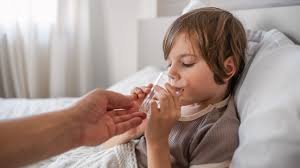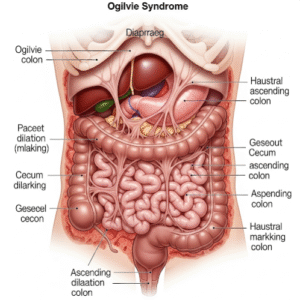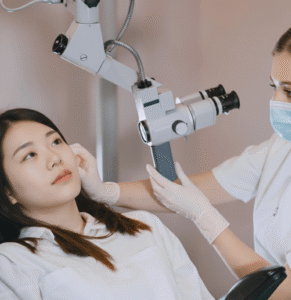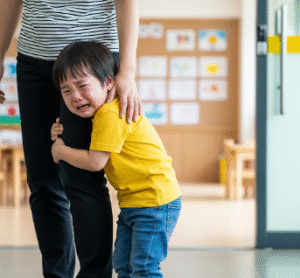Overview
A bee sting allergy is an exaggerated immune system reaction to the venom injected by a bee. While most people experience mild, localized pain and swelling after a bee sting, individuals with a bee sting allergy may develop severe allergic symptoms, including life-threatening anaphylaxis.
In Korea, bee stings are more common in rural areas, hiking trails, and agricultural regions during the warmer months. Emergency medical services are well-equipped to handle allergic reactions, and awareness of prevention is growing, especially among people engaged in outdoor activities.
What is Bee Sting Allergy?
A bee sting allergy occurs when the immune system mistakenly identifies bee venom as a dangerous substance and produces an exaggerated response. The first sting may cause only mild symptoms, but subsequent stings can trigger more severe allergic reactions as the immune system becomes sensitized to the venom.
This allergy can range from mild localized swelling to life-threatening anaphylactic shock within minutes of being stung.
Symptoms
Mild to moderate allergic reactions:
- Redness, pain, and warmth around the sting site
- Localized swelling that may increase over 24 hours
- Itching or rash near the sting
Severe allergic reactions (anaphylaxis):
- Swelling of the lips, tongue, or throat
- Difficulty breathing or wheezing
- Rapid heartbeat
- Dizziness, lightheadedness, or fainting
- Nausea, vomiting, or diarrhea
- Loss of consciousness in extreme cases
Causes
Bee sting allergy is caused by hypersensitivity to bee venom, which contains proteins that affect skin cells and the immune system. The venom triggers the release of histamine and other chemicals that cause inflammation and, in severe cases, systemic allergic reactions.
Common causes include:
- Sensitization from previous bee stings
- Overactive immune response to venom proteins
- Genetic predisposition to allergies
Risk Factors
You are more likely to develop a bee sting allergy if you:
- Have a family history of insect sting allergies
- Have experienced a severe allergic reaction to a bee sting before
- Live or work in areas where bees are common
- Spend a lot of time outdoors, especially during summer and autumn
- Have other allergic conditions, such as hay fever or asthma
Complications
If untreated, a severe bee sting allergy can lead to:
- Anaphylaxis, a life-threatening emergency
- Recurrent severe reactions with future stings
- Anxiety or fear of going outdoors
- Secondary infections at the sting site due to scratching
Prevention
To prevent bee sting allergy reactions:
- Avoid wearing strong perfumes or bright clothing when outdoors
- Keep food and drinks covered when outside
- Stay calm and move away slowly if bees are nearby—do not swat at them
- Wear protective clothing when hiking or gardening
- Carry an epinephrine auto-injector (EpiPen) if diagnosed with severe allergy
- Seek allergist consultation for possible venom immunotherapy (allergy shots)
In Korea, allergists and immunologists in both urban and rural hospitals offer allergy testing and preventive treatments for those at risk.
Treatment Options in Korea
1. Diagnosis
- Detailed medical history and symptom review
- Skin prick testing to detect bee venom sensitivity
- Blood tests measuring venom-specific IgE antibodies
2. Emergency Management for Severe Reactions
- Immediate administration of epinephrine injection for anaphylaxis
- Supplemental oxygen and airway support if breathing is compromised
- Intravenous antihistamines and corticosteroids to reduce inflammation
- Rapid transfer to an emergency department for observation
3. Treatment for Mild Reactions
- Ice packs to reduce pain and swelling
- Oral antihistamines to control itching
- Over-the-counter pain relievers
- Topical corticosteroid creams for localized inflammation
4. Long-Term Management & Prevention
- Epinephrine auto-injector prescription for high-risk patients
- Venom immunotherapy (VIT) to build tolerance and reduce risk of severe reactions
- Education on sting avoidance strategies
- Regular follow-up with an allergy specialist
5. Supportive Care in Korea
Many hospitals in Korea offer integrated allergy care, including Seoul National University Hospital, Samsung Medical Center, and Asan Medical Center, where patients can receive diagnosis, treatment, and preventive therapy for bee sting allergy.

